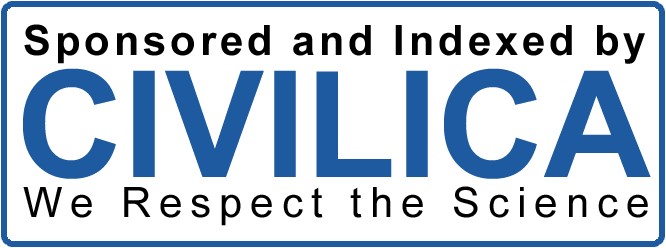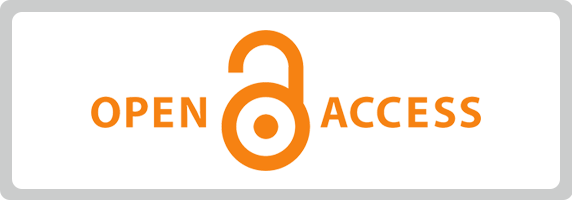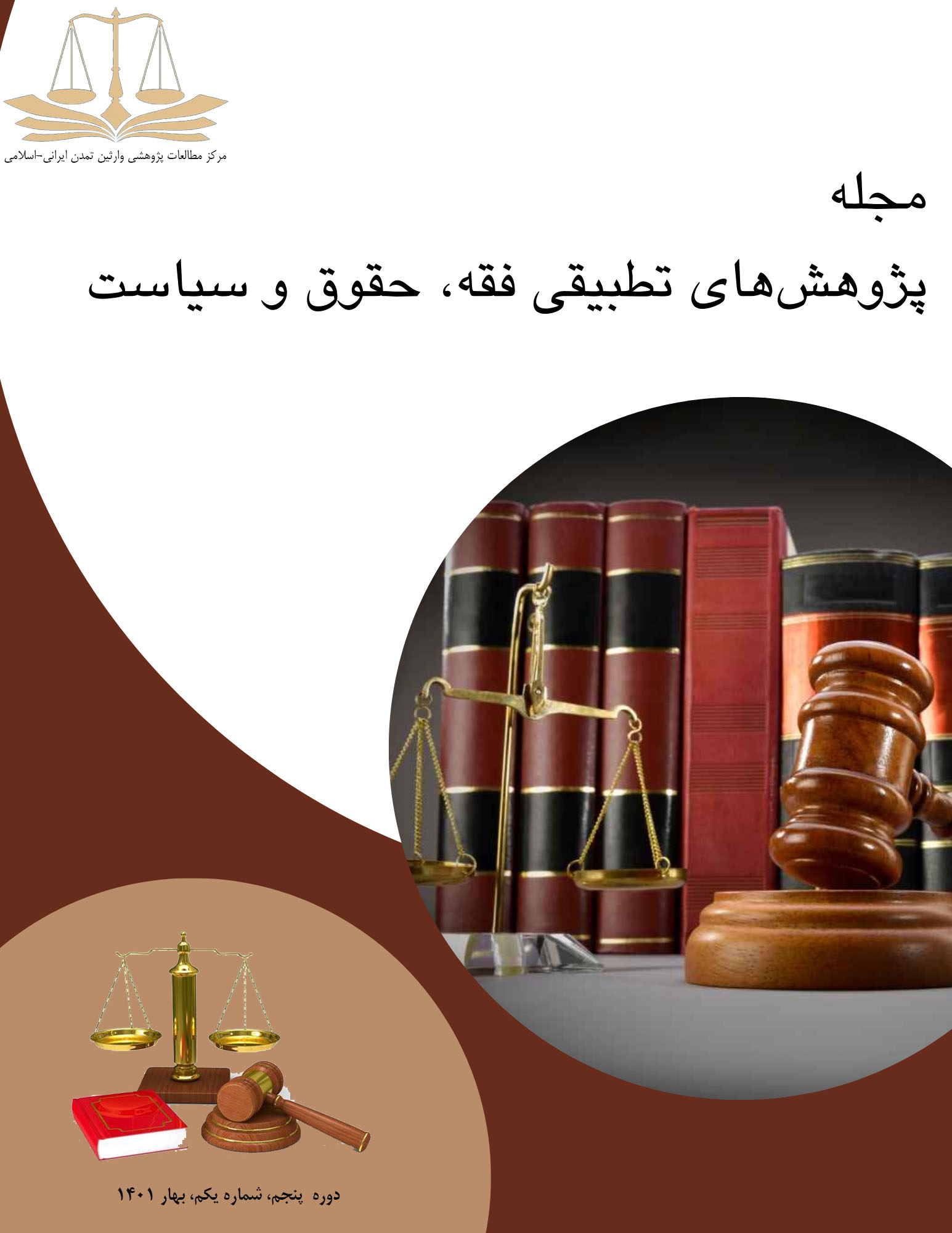Ethical Principles
PUBLICATION ETHICS
Publication and Authorship:
• A statement should be included in the title page indicating any financial support the authors had received.
• The authors are not allowed to utilize verbatim text of previously published papers or manuscripts submitted elsewhere.
• Authors should sign an Assignment Form stating that the article is an original work, has not been published before and is not being considered for publication elsewhere in its final form either in printed or electronic form. The same research must not be published in more than one journal.
Author's Responsibilities:
• Authors should actively participate in the peer review process and provide suitable responses to the comments raised by peer reviewers on time.
• All authors must have significantly contributed to the research and fulfill the authorship criteria.
• Authors must state that all data in the article are real and authentic.
• All authors are obliged to provide retractions or corrections of mistakes.
• Copyright: If a manuscript contains any previously published image or text, it is the responsibility of the author to obtain authorization from copyright holders. The author is required to obtain and submit the written original permission letters for all copyrighted material used in his/her manuscripts.
Peer Review/Responsibility for the Reviewers:
• Judgments should be objective.
• Reviewers should have no conflict of interest with respect to the research, the authors and/or the research funders.
• Reviewers should point out relevant published work which is not yet cited.
• Reviewed articles should be treated confidentially.
• Reviewers should advise editors, but the final decision on an article is made by the Editors-in-Chief.
• Reviewers should provide constructive comments to improve the quality of the article.
Editorial Responsibilities:
• The Editor-in-Chief has complete responsibility and authority to reject/accept an article.
• Editors should have no conflict of interest with respect to articles they reject/accept.
• When errors are found in a manuscript, the editors promote the publication of corrections or retractions.
• The anonymity of reviewers and confidentiality of studied participants are preserved.
Issues on Publishing Ethics:
• The journal uses the COPE flowchart for the retraction of a published article.
• All patients and participants of the research should be thoroughly informed about the aims of the study and any possible side effects of the drugs and intervention. Written informed consent from the participants or their legal guardians is necessary for any such studies. The Journal reserves the right to request the related documents.
• The journal precludes business needs from compromising intellectual and ethical standards.
• The Editors-in-Chief are always willing to publish corrections and clarifications.
Types of violations
• Plagiarism: Use of verbatim texts from other sources without acknowledgment is prohibited. The content of all articles must be the original work of authors and must not be plagiarized from other articles. Although the journal is not currently a member of the Committee on Ethics in Publication (COPE) and a membership request has been submitted to COPE, any ethical misconduct is dealt with according to COPE guidelines and guidelines.
• Data falsification/fabrication: Falsification is the practice of omitting or altering research materials, data, or processes so that the results of the research are no longer accurately reflected. Fabrication is the practice of inventing data or results and reporting them in the research. Both of these misconducts are fraudulent and seriously alter the integrity of research. Therefore, articles must be written based on original data and the use of falsified or fabricated data is strongly prohibited.
• Image manipulation: The journal encourages authors to send their original images. All digital images in manuscripts accepted for publication will be checked for inappropriate manipulation. No specific feature within an image may be enhanced, obscured, moved, removed, or introduced. Adjustments of brightness, contrast, or color balance are acceptable as long as they are applied to the entire image and do not misrepresent any information present in the original, including the background. The editors will request the original data from the authors to compare the manipulated figures in cases suspected of inappropriate manipulation.
Similarity Check
We uphold the highest standards of academic integrity and rigor. To ensure the originality and quality of all submitted manuscripts, we utilize iThenticate, a leading plagiarism detection tool. All manuscripts undergo a thorough similarity check through iThenticate's advanced algorithms, helping us maintain the integrity of scholarly research and adhere to ethical publishing practices.
Transparency Statement on the Use of Artificial Intelligence
In light of the growing use of artificial intelligence (AI) tools in academic writing, translation, data analysis, and editorial processes, our journal is committed to ensuring full transparency and ethical responsibility in the use of such technologies throughout the submission, peer review, and publication processes.
To uphold the highest standards of academic integrity and align with the recommendations of the World Association of Medical Editors (WAME), our journal has adopted the following principles regarding the use of AI:
-
Transparent and Responsible Use: Authors are required to clearly disclose any use of AI tools—such as ChatGPT, Grammarly, DeepL, or others—at any stage of manuscript preparation (e.g., literature review, results description, discussion writing, language editing, or translation). This disclosure should appear in the acknowledgments section or a footnote on the title page.
-
AI Tools Cannot Be Authors: According to the WAME guidelines, AI tools cannot be credited as authors of scientific manuscripts. These tools do not meet authorship criteria because they lack legal responsibility and the ability to consent to publication or accountability for the content.
-
Human Oversight and Validation: All AI-generated content must be critically reviewed, edited, and validated by human authors. The final responsibility for the accuracy, coherence, and integrity of the manuscript lies solely with the human contributors.
-
Use in Peer Review: Peer reviewers using AI tools to assist with manuscript evaluation must ensure they do not share confidential information with such tools. Any AI use during review must comply with confidentiality and data protection standards.
-
Misuse and Ethical Violations: The inappropriate use of AI—such as generating fabricated content, falsifying data, or committing plagiarism—will be treated as a serious ethical violation and subject to disciplinary action in accordance with publication ethics.
-
Policy Review and Updates: This policy will be reviewed regularly in response to evolving AI technologies and ethical considerations. Any updates will be published on the journal’s official website.
Our journal is committed to transparency, integrity, and accountability in scientific publishing. We fully adhere to the WAME statement entitled “Recommendations on Chatbots and Generative Artificial Intelligence in Relation to Scholarly Publications.”
For the complete text of WAME’s recommendations, please visit:
https://wame.org/page3.php?id=106








